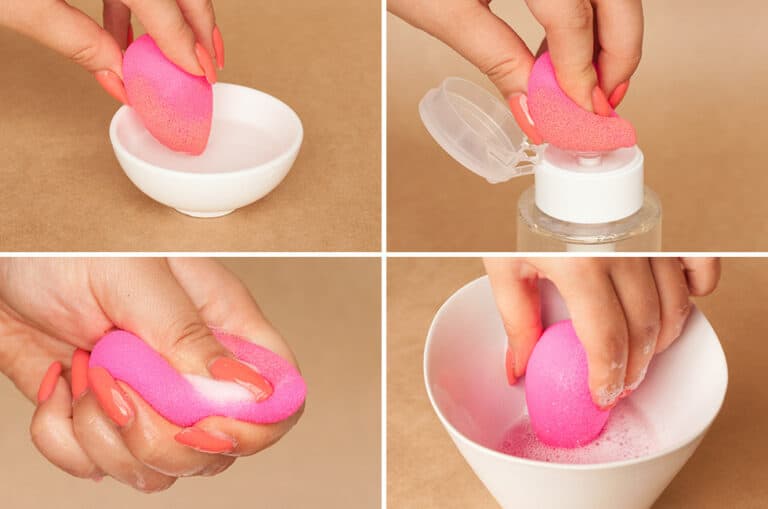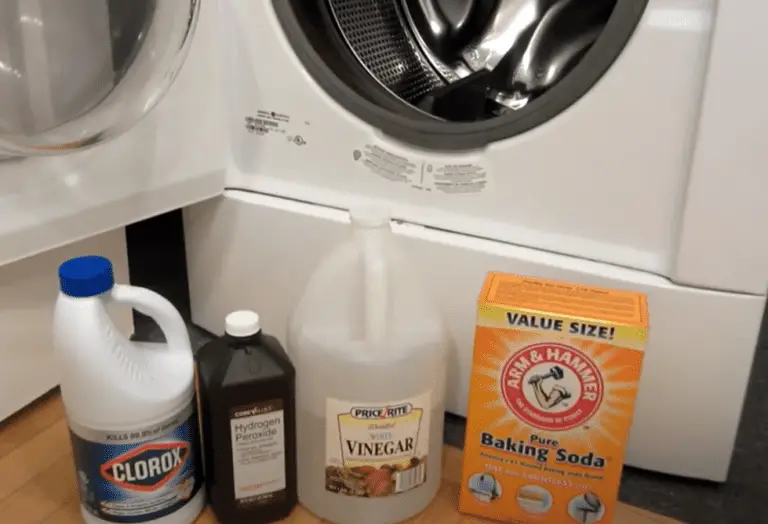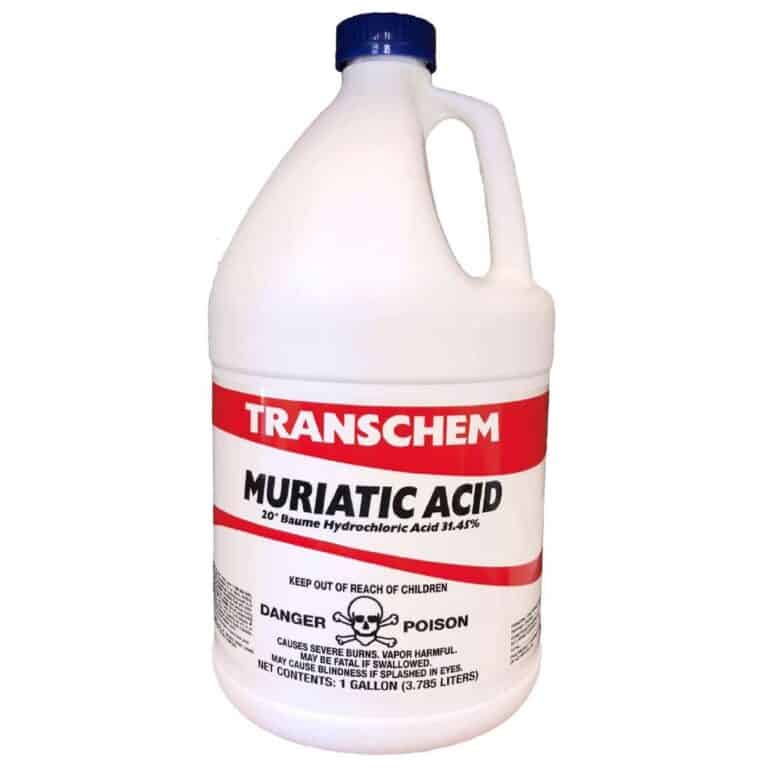Simple Steps to Remove Grease Stains from Emulsioned Walls
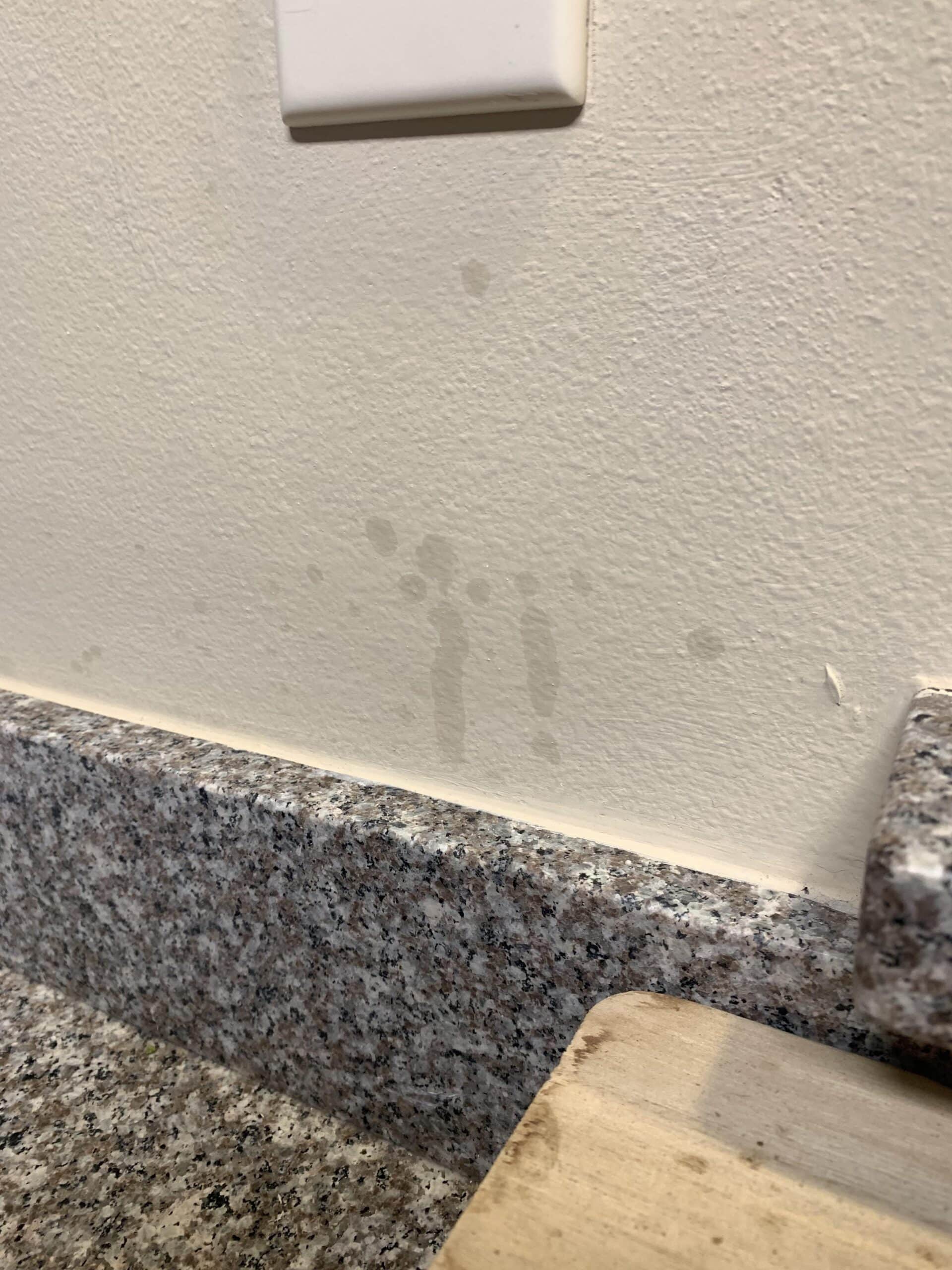
There’s something about cooking a nice meal that makes the kitchen the heart of the home. But let’s be honest, where there’s a kitchen, there’s grease. If you’re like me, you’ve faced that dreadful moment of spotting a stubborn grease stain on your emulsioned walls and wondering, “How on earth do I get this off without wrecking the paint?” Trust me, I’ve been there, too.
Over the years, I’ve figured out a few tricks that work like a charm. So, instead of stressing, grab your cleaning supplies and let’s dive into these simple, no-nonsense steps to get your emulsioned walls grease-free.
The Grease Beast: Why Grease is Such a Nuisance
Before we jump into the solutions, let’s talk a bit about why grease is such a tough nut to crack. Grease, especially from cooking oils, has this sneaky way of bonding to surfaces like it’s paying rent. And if left unchecked, it just sits there, building layers, and making your once-pristine emulsioned walls look more like a fast-food kitchen. But don’t worry. I’ve got the remedy for this greasy situation.
Prepping for the Clean-Up: Gather Your Supplies
Before we start scrubbing, let’s gather everything we need. Trust me, this prep work makes the process smoother, and you won’t have to go hunting for things mid-clean. Here’s your checklist:
| Item | Why You Need It |
| Warm water | Helps loosen grease from the wall |
| Dish soap (mild) | Gentle, yet effective for breaking down oils |
| White vinegar | A natural cleaner that cuts through grease |
| Baking soda | Absorbs and lifts stubborn grease spots |
| Microfiber cloths | Soft and non-abrasive; won’t damage the emulsion |
| Soft sponge | Gentle scrubbing action without stripping paint |
| Paper towels or dry cloth | To dry the area once cleaned |
Now that we’ve got our grease-busting arsenal, let’s get down to business.
Step 1: Start with Gentle Cleaning
“Less is More”
The first rule of cleaning grease off emulsioned walls? Don’t go in guns blazing. Start soft to avoid ruining the paint. Here’s what you’ll want to do:
- Mix a Mild Soapy Solution
In a bucket, mix warm water with a few drops of mild dish soap. You don’t need it to be sudsy, just enough to cut through the surface grease. - Wipe, Don’t Scrub
Using a damp microfiber cloth, gently wipe the grease stain. Don’t scrub like you’re trying to erase the wall—just give it a soft swipe. You’ll want to dab or wipe, not rub too hard, because the goal is to lift the grease, not damage the paint. - Rinse and Repeat
If the grease doesn’t come off on the first try, dip your cloth in the soapy solution again and go over it a second time. Slow and steady wins this race.
Step 2: Time for Vinegar Power
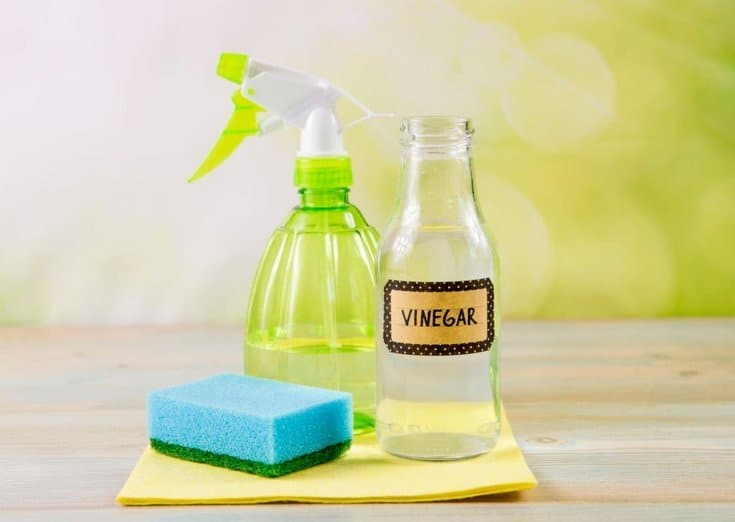
“When the Going Gets Tough…”
Sometimes, dish soap alone won’t do the trick, especially for older, more stubborn stains. That’s where vinegar comes in—a natural powerhouse cleaner that can cut through grease like a hot knife through butter (pun intended).
- Mix a Vinegar Solution
Combine equal parts white vinegar and warm water in a spray bottle. You’ll want to spray it lightly on the grease-stained area. - Let It Sit
Give the vinegar a minute or two to work its magic on the grease. It’ll start to break down the oils without damaging your emulsioned walls. - Gently Wipe It Away
Again, using your trusty microfiber cloth, gently wipe the area clean. You might need to go over it a couple of times, but the vinegar should do the trick.
Step 3: For the Stubborn Stains – Baking Soda
“Bringing Out the Big Guns”
If you’ve got a grease stain that’s giving you the stink-eye and refuses to budge, it’s time to bring out the baking soda. This miracle powder not only deodorizes but also gently scours without damaging surfaces. Here’s how to use it:
- Make a Paste
In a small bowl, mix baking soda with a little water until it forms a paste. You want it to be thick enough to stick to the wall, not runny. - Apply to the Stain
Dab the paste onto the grease stain. You don’t need a thick layer, just enough to cover the area. - Let It Sit
Give it about 10-15 minutes to work. The baking soda will absorb the grease and break down the oils. - Wipe It Clean
Using a damp cloth, gently wipe the paste off the wall. You should notice that the stain has lifted significantly.
Step 4: Rinse and Dry
Once you’ve tackled the grease stains, it’s important to give the wall a final rinse. You don’t want to leave any cleaning residue behind because it can attract dust or discolor the wall over time.
- Rinse with Clean Water
Take a fresh microfiber cloth, dampen it with clean water, and gently wipe the area you’ve just cleaned. This will remove any soap, vinegar, or baking soda residue. - Dry the Area
Use paper towels or a dry cloth to blot the wall dry. Leaving the wall damp can weaken the paint over time.
Grease-Busting Tips & Tricks
Now that your emulsioned walls are looking fresh again, let’s talk about a few tips to keep them that way. I’ve learned these the hard way and trust me, they work:
Regular Maintenance
- Wipe down walls regularly—especially in high-traffic areas like kitchens or near the stove. A quick weekly wipe with a damp cloth can prevent grease from building up.
Avoid Harsh Chemicals
- Stay away from abrasive cleaners or strong degreasers. They can damage emulsioned surfaces and make things worse in the long run.
Kitchen Splash Guards
- Install a splash guard behind your stove. These can be lifesavers in preventing grease splatters from getting on the walls in the first place.
Quick Action is Key
- Act fast! The sooner you tackle a grease stain, the easier it is to remove. Letting it sit only gives it time to dig in.
Final Thoughts: Keeping Walls Grease-Free
Cleaning grease off emulsioned walls isn’t rocket science, but it does take a bit of patience and the right techniques. I used to dread those greasy stains, but now I know exactly how to handle them without worrying about peeling paint or discoloration.
At the end of the day, your home should feel like a space you can enjoy without stress. So, the next time grease makes an unwanted appearance on your emulsioned walls, you’ll know exactly what to do.
Quick Recap
| Step | Action |
| Step 1: Gentle Cleaning | Use warm soapy water and wipe gently |
| Step 2: Vinegar Solution | Apply vinegar solution and wipe the stain |
| Step 3: Baking Soda | Apply a baking soda paste for stubborn stains |
| Step 4: Rinse & Dry | Rinse the wall with water and dry thoroughly |
With these simple steps, you can keep your walls looking fresh and clean, no matter how much cooking (or mess) life throws your way!


